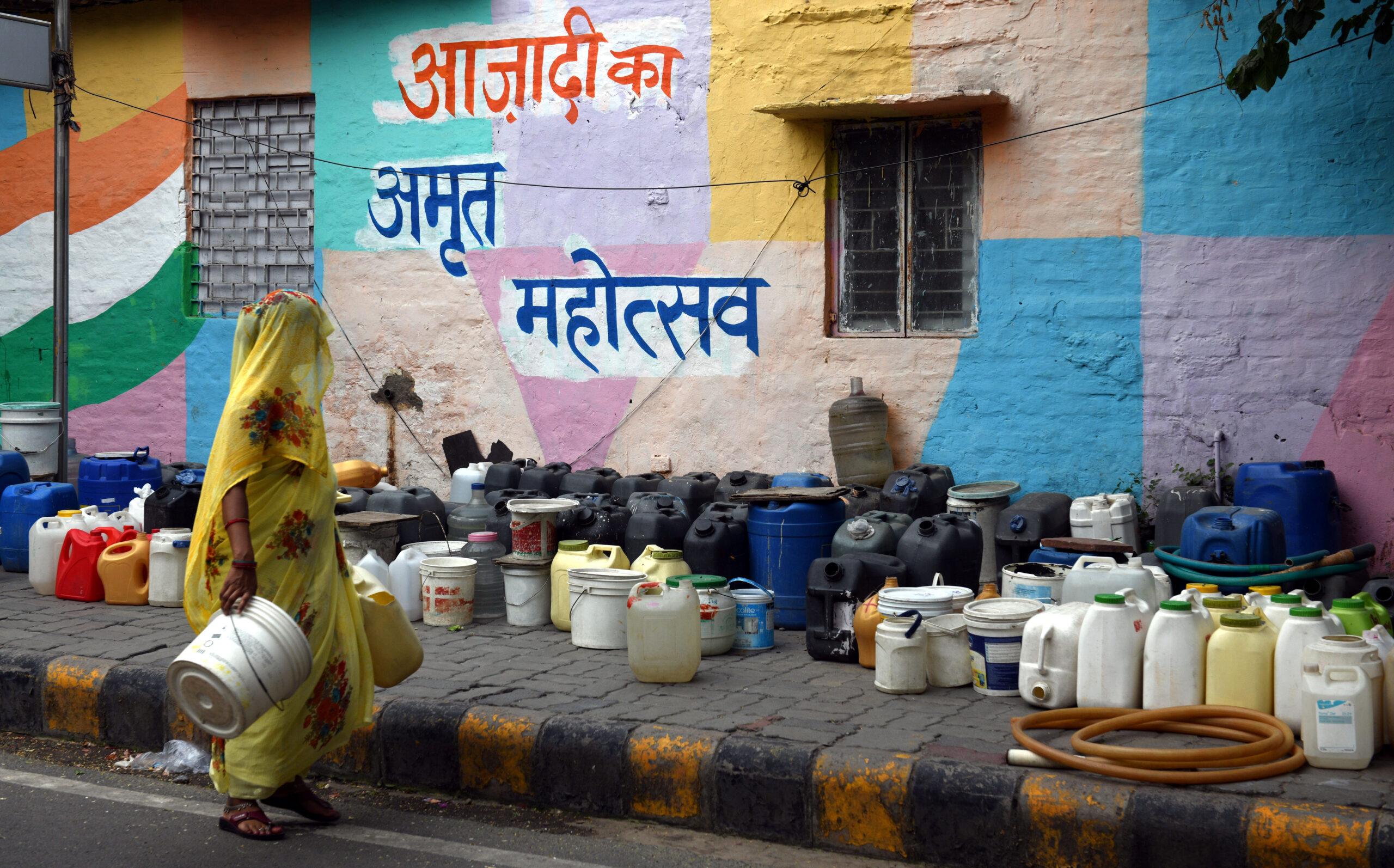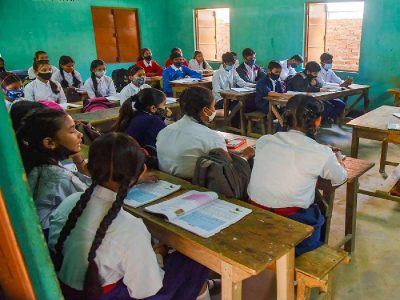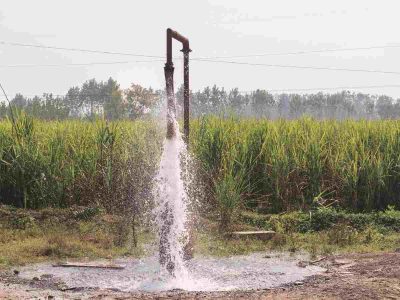In the scorching summer noon of Delhi, a toddler was trying to drink water from a public tap in the Sanjay Camp area but there was not a drop to drink. Then she took off through the narrow lanes to reach her home to quench her thirst. Drinking water is a luxury for thousands of the residents of the Sanjay Camp area.
This slum settlement in the heart of Delhi’s VVIP Chanakyapuri locality is acutely aware of the importance of water. Narrow lanes, colourful shanties and water containers are a common sight in the Camp area.
The water crisis is a daily phenomenon for people living in the locality. Shobha, who has been living in the camp for the last 35 years, could be seen waiting for the water tanker. She was not alone – other men, women and kids were sitting on the water containers and were also waiting for the tanker.
Waiting for a water tanker and filling drinking water from it is a daily routine for the residents of the locality but the current heat wave has only worsened their plight.
Shobha recalled the old days when she used to travel kilometres to fetch drinking water for her family, “First, I used to travel to India Gate and Nehru Park to get clean drinking water and sometimes I also brought water from the toilets.” She lives with her son, a drug addict, and shoulders all responsibilities. She was standing in the queue with three five-litre containers but ultimately could only fetch water in two containers.
“Fights over water are common,” says Ramkali, who has been living in the area for the last three decades. She is one of the luckier residents of the area because a tap connected to a tank in one of the embassies nearby supplies water at her doorstep.
Mohammad Hannan, who is a cosmetic vendor at Moti Bagh and has been living in the locality since 1990, narrated how the crisis has affected the area’s supply of drinking water. “From the last two-three days, they have been coming late and sometimes they don’t come. On weekends, they are usually late.” He adds that the water tankers sent by the New Delhi Municipal Council (NDMC) are the only source of clean drinking water for many here.
Sanjay Camp is part of the 7% of Delhi’s unauthorised colonies where households have not been given piped water. At present, the crisis is such that both piped (93% household) and unpiped (7%) households could face a worse situation.
On 17 May, Health Minister Satyendra Jain tweeted about the drying up of the Yamuna, one of the main sources of water in the national capital. “Visited Wazirabad Barrage to inspect raw water discharged by Haryana. Haryana is not releasing Delhi’s fair share of water. Yamuna’s water level has fallen from 674.5 ft to 669 ft, i.e., 5.5 ft (above sea level). Hence, water production in our WTP (Water Treatment Plant) is reduced by 60-70 million gallons per day,” said Jain.
In wake of the water crisis in the Yamuna River, Delhi Jal Board (DJB) has issued advisories for residents of the city to store a sufficient quantity of water. On 23 May, the water level at the Yamuna touched a new low and has gone to 6.5 ft lower than the average normal of 674.5 ft for this time of the year.
Areas like Kotla Mubarakpur, West Patel Nagar, Bawana, Chilla Village, Begumpur, Bhalswa, Sanjay Camp, Laxmi Bai Nagar and Vivekanand Camp were some places where water supply was affected. The most impacted parts of the capital are north, north-west, west Delhi and a few parts in south Delhi.
Now water level at the Wazirabad pond has dropped to 668.3 ft (the lowest this year), against the normal of 674.5 feet.
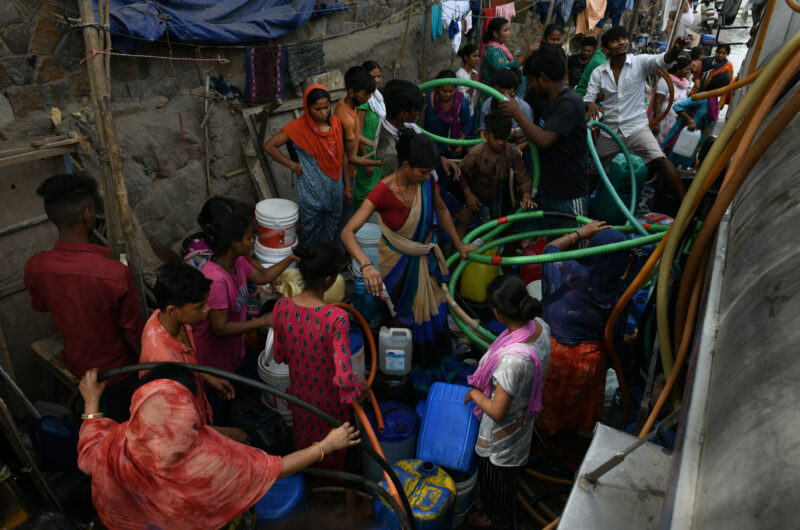
In an official statement, Delhi Jal Board said “Since the Yamuna River is almost dry, we are diverting water from the Carrier Lined Canal (CLC) and the Delhi Sub Branch (DSB) towards Wazirabad. As a result, the water production at Haiderpur Phase I and Phase II and Bawana water treatment plants have been hit”.
Delhi requires around 1,200 million gallons per day of water, while the DJB is supplying around 950 Million Gallons per day (MGD). The water supply has been further reduced by around 65 MGD due to the depleted water level in the Wazirabad pond.
According to the Delhi Jal Board, water levels in the Yamuna are depleting and hence resulting in the fall of water production at the three Water Treatment Plants (WTPs) by around 25-30%.
Now a blame game has started between Delhi and Haryana governments but the ones who are suffering are common people. On the other hand, Haryana CM Manohar Lal Khattar had asked the Delhi government to not do politics on the water-sharing issue. He further said that if Delhi wants more water, it should ask Punjab to release Haryana’s share of water.
While talking with Patriot, a senior official at Delhi Jal Board explained the department’s endeavour. “If we do not get raw water then how will we manage the supply of water? Yamuna, our main source, has totally dried up. The water level at Wazirabad has decreased, and now we are trying to divert water from the Munak canal toward Wazirabad to keep production up in the Wazirabad treatment plant”, said the official.
Akash Vashishtha, a Delhi-based environmentalist highlighted that “This is a three-decade-old problem. Unfortunately, both ruling and former dispensations have failed to address this problem.”
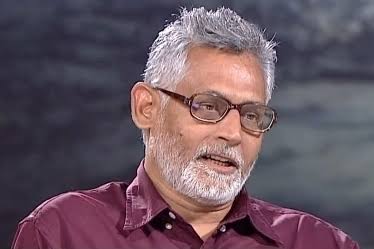
Manoj Misra, another environmentalist and convenor of ‘Yamuna Jiye Abhiyaan’, blamed authorities for mismanagement. “First of all let us understand that there is no crisis or lack of water supplies in Delhi for it gets water from the Yamuna, Ganga and Satluj system”.
“It is a huge case of mismanagement of available water by the city authorities, where almost 45-50% of water disappears during distribution. DJB, which advertises almost 220 Litres Per Capita Per Day (PCD) with it for the city, cannot blame anyone else, for this amount of water is huge for any city anywhere”, he added.
Sources of Delhi’s water
Delhi Jal Board, the city’s water production and supply agency gets water from various sources. According to the available data, 91% of raw water is obtained from surface sources like the Yamuna and Ganga rivers and 9% of water from underground sources.
According to the Delhi Economic Survey, “Delhi depends on neighbouring states to meet around 90% of the drinking water demand of its residents.”
The Yamuna, a major raw water source, enters Delhi from the adjoining state of Haryana; five riparian states Delhi, Haryana, Himachal Pradesh, Rajasthan, and Uttar Pradesh signed a Memorandum of Understanding (MoU) for sharing their water, on 12 May 1994.
According to the Survey, DJB obtains 389 MGD of water from the Yamuna River, 253 MGD from the Ganga River, 221 MGD from Ravi-Beas Bhakra storage and 90 MGD from groundwater.
How much water does Delhi need and how much does it get?
According to the Delhi Jal Board, an average domestic consumer needs 172 litres of water per capita daily. Non-domestic consumers such as industries, commercial establishments, hotels and fire stations need 102 litres of water per capita daily. In total, the city needs 274 litres of water per capita daily.
The demand has further increased to 1380 million gallons per day, for the population of 23 million residents of Delhi.
The Delhi government is expecting that the demand for water will reach 1505 MGD this year, but according to the Delhi economic survey (2021-22), water production is maintained at 953 MGD consistently for the summer season.
According to an estimate by the Observer Research Foundation, “the demand for water in Delhi will grow to 1,746 million gallons per day by 2031, and efforts will be made to bring this down to 1,455 MGD for a projected population of 29 million by 2041”.
Delhi is witnessing a decline in population growth rate but, its neighbouring urban centres in adjoining states are registering higher growth, the report argues.
Future of water in Delhi
According to an analysis of the World Meteorological Organization’s (WMO) and the State of Climate Service report by Down to Earth magazine, some parts of north India have lost 9 centimetres of terrestrial water in the last decade. Delhi, Punjab, Haryana and some parts of Uttar Pradesh are prone to terrestrial water loss.
The majority stake of the city water comes from the Yamuna River but at present, it has started drying up. The country’s fourth-largest river is dying and many scholars have named the Yamuna the river “which is about to die”.
Only 2% of the great river falls within New Delhi. The national capital is responsible for more than 98% of the pollution that is found in the Yamuna. Untreated or semi-treated industrial effluents and sewage are found in the river.
The river supplies more than 60% of raw water for the city’s needs. Every year on the occasion of ‘Chhath Puja’, Yamuna grabs people’s eyeballs when hundreds of women are seen taking bath in black and foamy water.
The increasing ammonia in the river water is a big issue as it is 5 times above the treatable limit of 0.9ppm. It harms aquatic life and the mysterious death of fishes can also be linked to ammonia toxicity.
“It should actually be the future of Delhi that should be talked about if the Yamuna were to die. Delhi should worry about itself and its future if the Yamuna is not rejuvenated” says Misra.
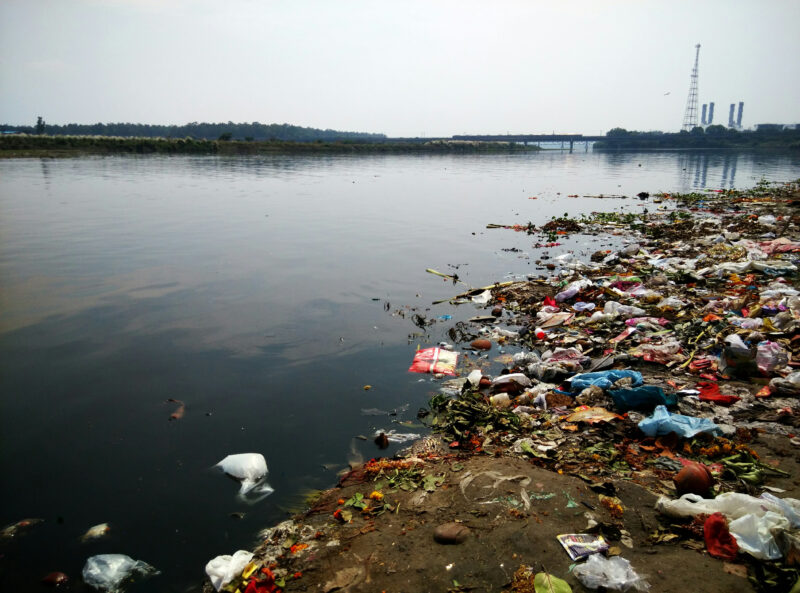
An officer at Delhi Jal Board explained, how the government is trying to save the Yamuna and how it is tackling the current crisis. “We have constructed ponds on the dry Yamuna to lift water to the treatment plants. We have further invested in 100-acre land on the flood plain area of the Yamuna so that we can reserve extra water, which comes with a flood”, says the official.
On the other hand, environmentalists accuse authorities of having failed in saving the Yamuna. “Implement the NGT 2015 judgement and the roadmap it has set to save the Yamuna” says Misra.
“The Delhi government has done nothing to clean the Yamuna. Not a single drop of the river is cleaned and restored” says Akash Vashishtha.
Delhi is confronting two types of water crisis: one is in terms of availability and supply of water and the other crisis is recharge of its water bodies.
“Our National Capital is dependent on other states for the majority of water,” says Vashishtha. He adds that “Every time we can’t look to other states for water. Dried water bodies should be replenished and revived” adds Vashishtha.
Depleting ground water
Not only are surface water sources like the Yamuna depleting at an alarming rate, but another main source of groundwater is also exhausting day-by-day. Delhi’s economic survey puts light on the rampant use of groundwater in the capital.
“The falling groundwater level due to the excessive drawing of groundwater in Delhi is a concern. The water level has sunk to 20-30 metres below the ground level in many places” as per the report. It adds that a high concentration of fluoride, more than the recommended limits, has also been found. Large areas have salinity in the groundwater. All of these are unhealthy for human consumption.”
Block wise assessment of groundwater by the Central Ground Water Board shows the real picture of Delhi’s groundwater condition.
According to the assessment report, the groundwater level in Delhi’s 11 districts has reached the semi-critical, critical and over-exploited mark and only Kanjhawala and Rohini in northwest Delhi are categorized as safe.
Besides, salinity in the groundwater is increasing in the west, south-west, Sharda, and the north-west parts of the capital. With a high concentration of heavy metals, manganese and iron, our groundwater is not fit for drinking in some parts of the city.
The DJB official also explained how the department is trying to conserve groundwater by rainwater harvesting. “Rainwater harvesting is made mandatory for the houses, which are 500 square metres or more. We have prescribed the unit and its design. One unit which is built according to our norm survives for more than 10-15 years.”
But on the ground, the reality is different. Builders build cheap rainwater harvesting systems which survive only for a few months. “The department is now giving a rebate on water bills for those residences which have made the harvesting system according to DJB’s norms”, adds the officer.

